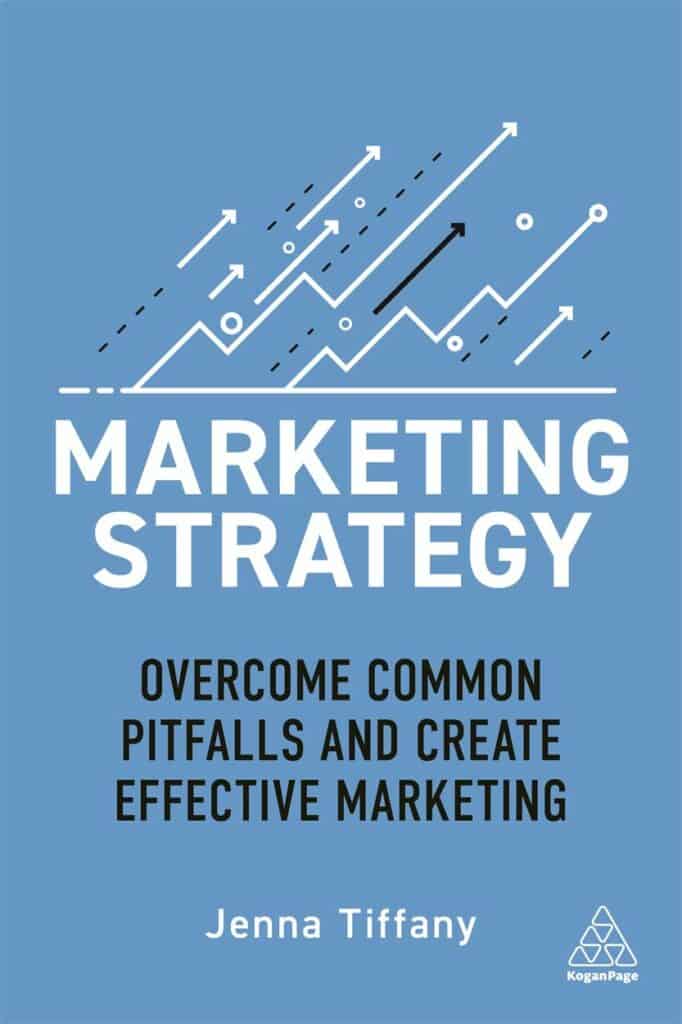The 4 Cs - Customer, Cost, Communication, Convenience - are a very useful tool. They help you to define and target niches in a way that’s similar to audience segmentation, but with more of a focus on the marketing mix.
The 4Cs enable you to understand what a consumer truly needs from your product or service. They put both the market and the consumer into context for you, and let you drill down into the factors which influence purchase decisions.
Let’s take a closer look:
Customer
The first of the 4Cs is ‘Customer’. By the time you come to the 4Cs in your strategic plan, you should already know quite a lot about your customer. You will have gathered plenty of audience data, drawn insights about your customers, built customer personas, and even segmented your audiences according to important characteristics.
Now, it’s time to take what you’ve learned and put it into a sales context.
What does your customer want? What will drive them to buy your product specifically? What is the value of your product or service to both customer and consumer?
The aim here is to see your offering through the customer’s eyes.
Cost
You’re probably thinking that this C is all about the sales price. And, in fairness, that is indeed a big part of it. But there’s more to this C than just the price. In fact, there’s more to it than just money.
When considering cost, think about:
- The time spent acquiring the product/service. If a competitor can deliver their offering to the customer faster than you can, their offering represents a better time investment.
- The cost of conscience. This one is increasingly important with the rise of the ethical consumer. If your brand isn’t green enough, or doesn’t treat its workers right, or is exploitative, or is generally not as ethical as it could be, many consumers will consider the cost to their conscience too high and will seek a more ethical solution.
- The cost of switching to your brand. The classic example of this is the Apple vs Android debate. Most people stick with the operating system they already know, because switching to the rival one would not only require them to learn a whole new system, it would also require them to build up a new infrastructure. When all your apps are configured for Android, why would you switch to Apple? Is a new operating system really worth the cost of losing your favourite apps?
The price is an important factor in cost as well. If you make your product too cheap, you may struggle to cover your production costs, and consumers may perceive your product as poor quality. If you make it too expensive, you risk excluding lower income customers.
However, by considering non-monetary cost factors as well, you put the focus where it belongs: on customer experience.
Communication
Creating brand/customer relationships is a very important part of marketing (perhaps the most important part!) By considering communication, you learn how to establish a dialogue with your buyers. This in turn gives you a buyer-led understanding of your offering, focusing on the customer’s wants, needs, and experiences rather than the needs and challenges of the organization.
When working on this C, think about how you can create a collaborative conversation and build meaningful relationships.
Convenience
The recent history of commerce shows that convenience plays a huge part in buying decisions. Small, independent butchers, grocers etc struggled to compete when supermarkets sprang up, because people loved the convenience of having their entire weekly shop all in one place.
Similarly, Blockbuster failed when Netflix and other streaming services appeared. It’s far more convenient to find something to watch from the comfort of your own sofa than it is to head out to a physical store.
So, the ease and convenience of purchase is important to consider when designing your offering (and figuring out how to market it!).
Use the 4 Cs to maintain focus on your customer
By considering your offering through the lens of each C, you will ensure that you don’t get sidetracked from what’s really important: the customer. Instead, your focus will remain on fulfilling the customer’s wants and needs, rather than the needs of the organization.
Of course, that isn’t to say that the needs of the organization aren’t important. Of course they are! But the quickest way to boost your organization is to concentrate on your customers’ wants, needs, expectations, and experiences.
For more about the 4 Cs and how you can put them into action, buy my book, ‘Marketing Strategy’. It takes you through everything you need to know to plan, build, execute, and analyze a successful marketing strategy, including marketing mix elements like the 4 Cs and 7 Ps.
Order through the Let’sTalk Strategy website for a 20% discount!


